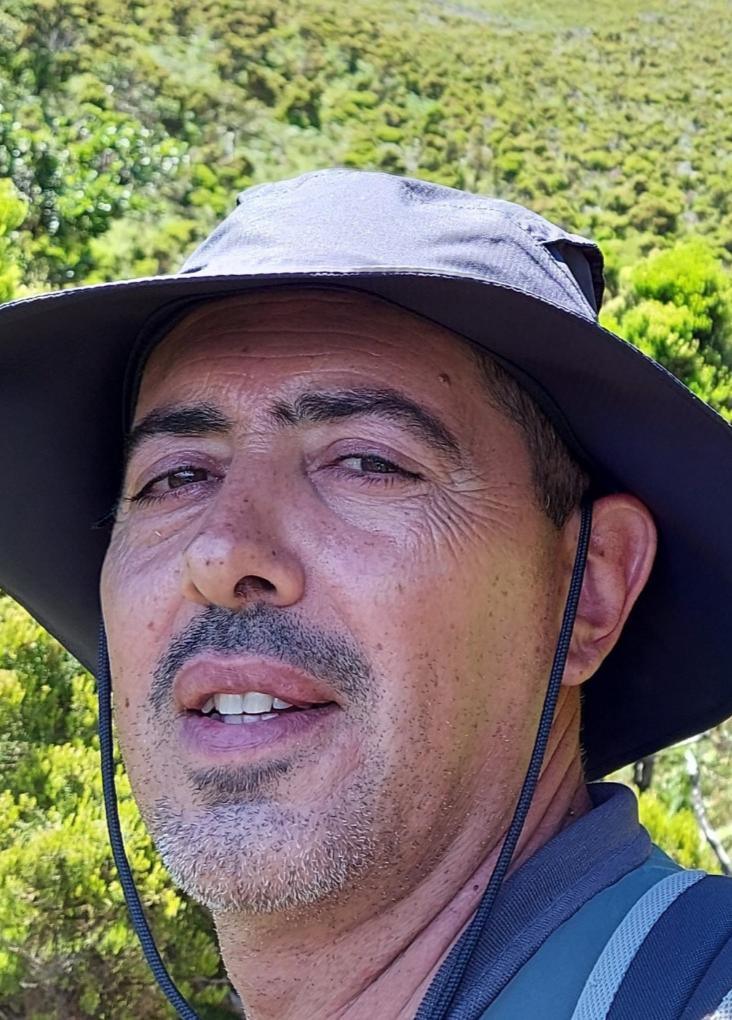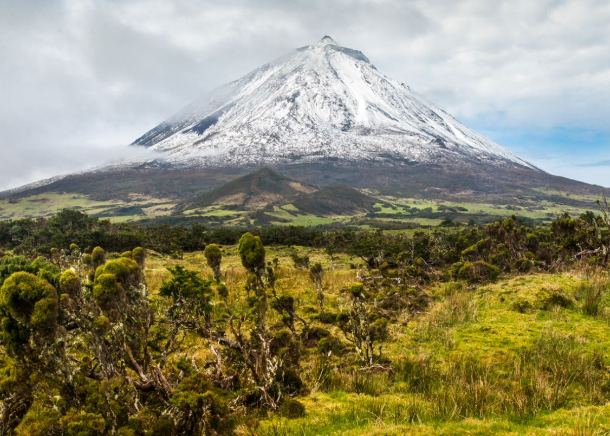Summary:
Oceanic islands contribute disproportionately to global biodiversity, hosting many endemic species with unique evolutionary and functional adaptations that reflect life in isolation. Simultaneously, islands are epicentres of biodiversity change, being particularly vulnerable to anthropogenic disturbances such as habitat loss, climate change, and the introduction of non-native species. The islands that are part of the European Union Member States Overseas Entities also contribute significantly to the biodiversity of the EU, making them crucial for reaching European and global biodiversity targets. At the same time, islands are severely under-represented in many global biodiversity databases and monitoring initiatives BioMonI aims at building a global long-term monitoring network specifically tailored to the pressing needs of biodiversity conservation and monitoring on islands. BioMonI will develop and implement a novel approach that considers mobilizing existing monitoring data, identifying gaps in those data as well as in existing monitoring efforts, and developing and harmonizing monitoring schemes for island biodiversity across the oceanic islands of the European Union and beyond. Specifically, we will focus on: 1) leveraging historical archives on Essential Biodiversity Variables (EBV) and Essential Ecosystem Service Variables (EESV) and providing the biodiversity informatics and IT infrastructure needed to facilitate their valuation. 2) providing optimized and standardized field sampling protocols and tested methods that combine long-term monitoring with emerging technology such as environmental DNA and remote sensing. 3) conducting targeted resurveys and establishing a network of new long-term monitoring plots. 4) scaling up the monitoring of biodiversity and ecosystem structure, functioning, and services using remote sensing, macroecological modelling, and future scenarios The different work packages of BioMonI encompass different spatiotemporal scales, spanning from unlocking palaeoecological archives to scenarios of future island biodiversity. Plot-based monitoring within BioMonI-Plot focuses on monitoring plant diversity, vegetation and habitat structure using classic vegetation surveys and terrestrial laser scanning as well as genetic and genomic tools. Unmanned aerial vehicle and satellite imagery will be used for scaling up field-based data and derive Essential Biodiversity Variables (EBVs) and Essential Ecosystem Service Variables (ESVs). These activities will be complemented by dedicated projects providing e-infrastructures and stakeholder engagement and coordination.
Keywords:
Monitoring; Islands; Vascular Plants; AZORESBIOPORTAL
Funding Institution:
EU HORIZON.
Partners:
Department of Biodiversity, Macroecology & Biogeography, University of Göttingen, Germany.
Department of Botany and Biodiversity Research, University of Vienna, Austria.
Azorean Biodiversity Group (cE3c), University of Azores, Portugal.
Department of Botany, Ecology, Plant Physiology, Biology Section, University of La Laguna, Spain.
Institute of Biology, Laboratory of Conservation Biology, University of Neuchâtel, Switzerland.
Plant Populations and Bio-aggressors in Tropical Ecosystems Joint Research Unit, University of La Réunion, France.
Institute of Natural Products and Agrobiology, Spanish National Research Council (CSIC), Spain.





